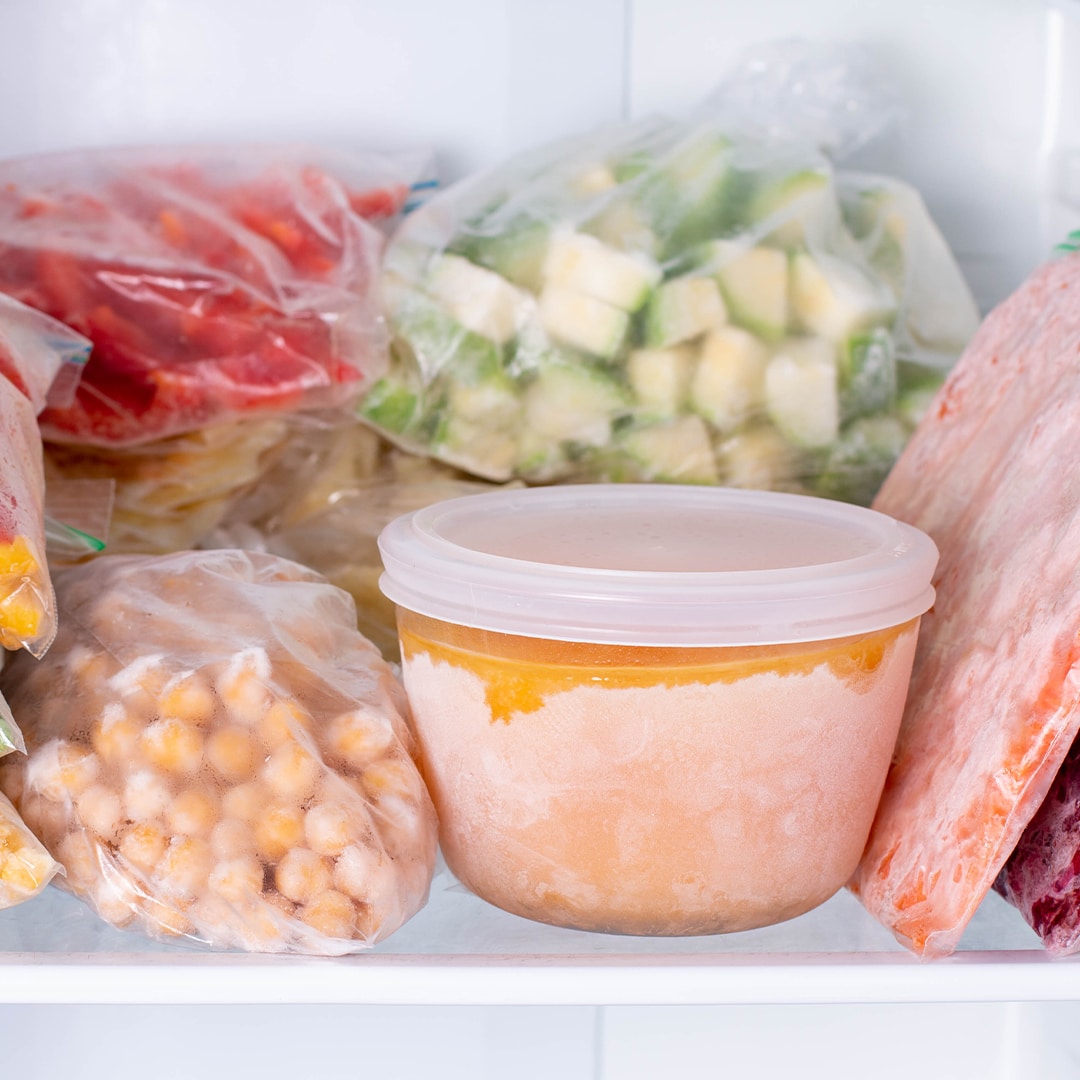Flavourful stock surely must be the backbone of the culinary world. Homemade stock made from leftovers is not only a delicious base for soups and stews, but also the perfect solution for food wastage and a big budget bonus. Use these handy tips to make your homemade stock a winner.
Vegetables and spices
Veggie stock is a versatile base for dishes to use in – and perfect for both vegetarian and meaty meals. Chop vegetables like onions, celery and carrots into large chunks and add herbs and spices of your choice for a flavourful stock. Be cautious when adding salt to your stock, as it’s easy to over season your dishes later.
Chicken stock
Chicken or beef? When attempting homemade chicken- or beef stock, make sure to use quality bones. For chicken stock, add leftover carcasses and a mixture of wings and bones, and cover them with water. Using different bones and cuts of chicken and leaving some skin and fat on will give your stock colourful character.
Pro tip: Although it takes much longer to cook, adding chicken feet will create a flavourful, gelatinous stock.
Beef stock
For best results for your beef stock, include knuckles, feet, oxtail, and marrow bones. Make sure to sauté or roast your bones first for a rich colour and flavour profile. The caramelised flavour of your beef stock will be a powerhouse added to any future dishes you use it in.
Take your time
Like all good things, a quality stock takes time. A stock that is quickly boiled with high heat will lack all the taste that is extracted from the bones and meat over time. The longer your stock is simmering, over a low heat, the better the flavour extracts. Although using a pot on your stove is fine, slow cookers are great for making yummy stock as you can leave them mostly unattended for hours on end.
Strain your broth
Avoid murky stock by scooping all the scum that gathers at the top as you boil it, using a large spoon. When your stock is ready, strain through either a sieve or a cheesecloth and let it cool down. When cooled, your stock is ready to be popped in the freezer.
To make sure you are always well-stocked for as long as possible, try these clever storing tips:
Storing in the refrigerator
After boiling, straining and cooling your stock, store it in the fridge only if you are going to use the stock within a week of making it. Your stock is best stored in the freezer if you want to use it over a longer period. They can easily be stored in zip-seal bags (double bag them to be safe) label it correctly making sure to document the storage date as well as expiry date.
Tip: Use stock within six months of freezing it.
Storing stock in the freezer

Small portions
Only require small portions of stock? Pour it into ice trays to freeze individual stock cubes. Once frozen, store your cubes in a large resealable freezer bag. That way, you can just take out a cube or two when you need it. Remember, a cube is about two tablespoons of stock – so it’s perfect to plan how much you want to use, especially if you’re cooking from a recipe.
Large portions
Freeze larger stock portions in plastic containers. When you need them, take them out and defrost them in your kitchen sink, or warm the container in the microwave until the stock has softened enough to take it out.
If you are low on freezer space, portion your stock and store it in freezer bags. Lay them flat on top of each other for compact storage.
Conversion table
Converting cooking measurements can prove to be quite a daunting task if you’re not sure how to do it or even where to start.




